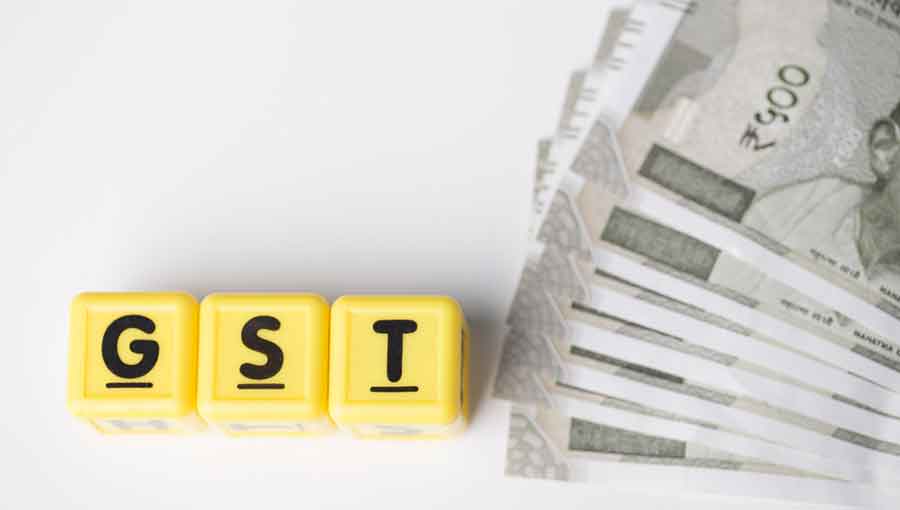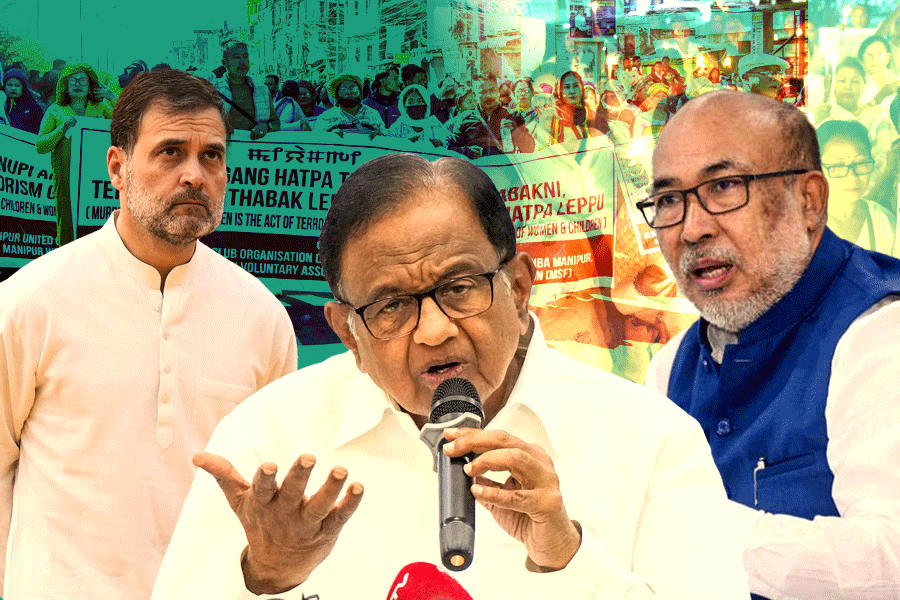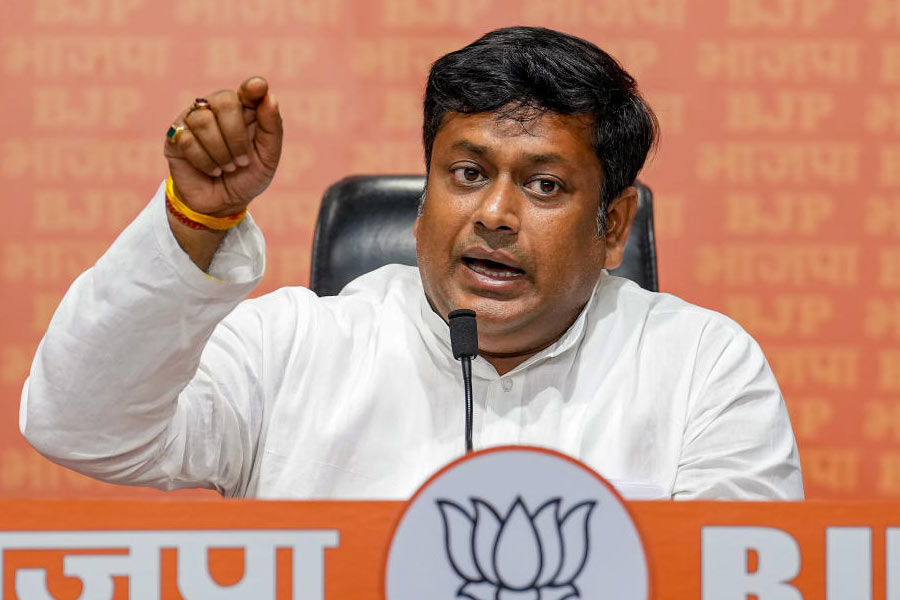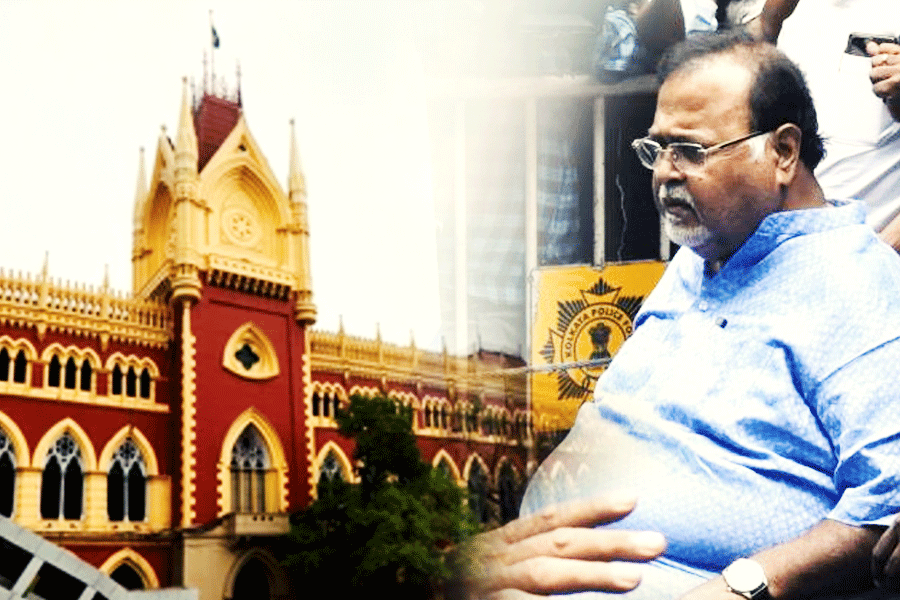The Punjab government has dropped its opposition to the Centre’s borrowing option to bridge the gap in the Goods and Services Tax revenue receipts and has opted for the first of the two proposals.
“The number of states who have chosen this option has gone up to 26. All the three Union Territories with legislative assembly (that is, Delhi, Jammu & Kashmir and Puducherry) have also decided in favour of option 1,” the ministry of finance said in an official release.
Now Punjab will also receive funds raised through this window starting from the next round of borrowing.
Under the window which has been operationalised since October 23, 2020, the Centre has already borrowed Rs 24,000 crore on behalf of the states in four instalments and passed it on to the latter. Recently, Kerala and Bengal have also opted for the first option to meet the GST revenue shortfall.
Punjab will get Rs 8,359 crore through a special borrowing window and permission to raise an additional Rs 3,033 crore through borrowings.
Under the terms of the first option, besides the facility of a special window for borrowings, the states are also entitled to get unconditional permission to borrow the final instalment of 0.50 per cent of the gross state domestic product (GSDP) out of the 2 per cent additional borrowing under the Atmanirbhar Abhiyaan.
Now there are only two states — Jharkhand and Chhattisgarh — that are yet to accept either of the proposal.
Under the borrowing plan (option 1), the Centre would borrow from the market Rs 1.10 lakh crore which is the revenue shortfall on account of GST implementation. The remaining Rs 73,000 crore shortfall is estimated to be the revenue impact of the Covid-19 pandemic. The second option given by the Centre was for the states to borrow the entire Rs 1.83 lakh crore collection shortfall.











